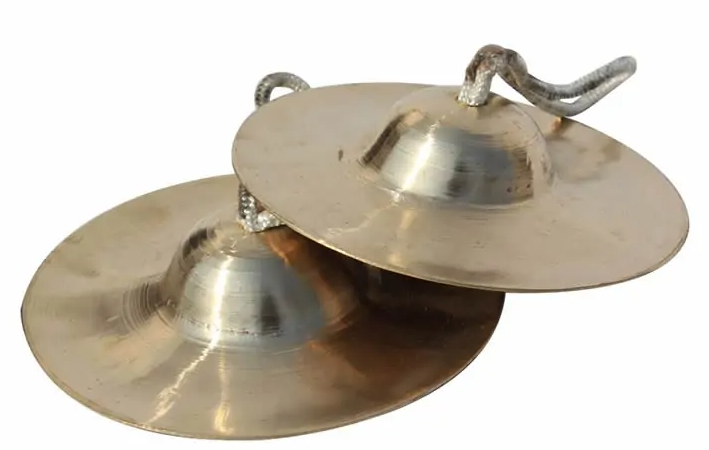The history of small cymbals
Cymbals originated in West Asia and were popular in the Northern Wei Dynasty. After the Ming and Qing Dynasties, it became an important accompaniment instrument for opera. Cymbal: In ancient times, it was called "copper cymbal" and "copper plate", and it was called "cymbal" in the folk. is a common percussion instrument.
Long history and strong performance. It is not only used in national music, local drama, wind and percussion music and gong and drum music, but also widely used in folk songs and dances, entertainment and publicity activities of all ethnic groups. Cymbals originated in West Asia, first in Egypt, Syria, and later in ancient countries such as Persia and Rome; in the East, they were first seen in India, and then in Central Asia.
According to the "Book of Northern Emperor. Shenwu Ji" records: cymbals are about AD Around 350, it was introduced into the Central Plains of my country with "Tianzhu Music".

During the Ming and Qing Dynasties, cymbals were the accompaniment instruments in local dramas such as Kunqu Opera.
 渝公网安备 50010702504639号
渝公网安备 50010702504639号